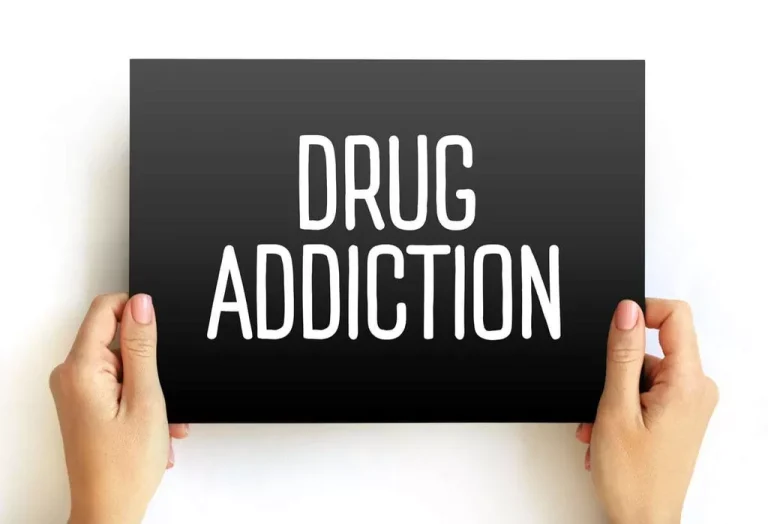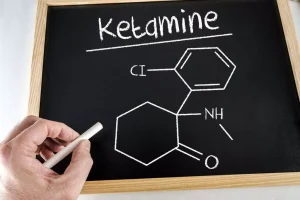Alcohol and Drug Abuse Statistics Facts About Addiction
Breathing New Life Into Old Techniques: Your Information To Legacy Modernization
21 mai 2024Is LexaTrade a Scam? Read This Brutally Honest Review
10 juin 2024
Addiction can’t happen without exposure to agents, but that is hardly the determining factor. Addiction is not a property of the substance ingested or activity engaged in. A key issue in answering why medications for people with AUDs continue to be a very tough sell is all the finger-pointing-blaming the patients and doctors. These are old medicines, with a long history of disappointing physician early adopters. Even the positive outcomes described for AUD medicines seem tone-deaf.
What are the Psychological Factors that Cause Addiction?
This type of addiction is characterized by the body’s adaptation to the substance, leading to tolerance and withdrawal symptoms when the substance is not used. Additionally, medications such as disulfiram, naltrexone, and acamprosate may be prescribed to help reduce the desire to drink, manage withdrawal symptoms, and prevent relapse. Dependence can happen without addiction; individuals may develop it due to prescribed medications for legitimate medical reasons without exhibiting addictive behaviors. Medical management typically involves gradually tapering the drug dosage under supervision to alleviate withdrawal symptoms effectively. Prolonged stress during childhood dysregulates the normal stress response and, through overproduction of cortisol, is especially harmful to the brain’s hippocampus, impairing memory and learning. Severe or sustained early life adversity shifts the course of brain development and can lastingly impair emotion regulation and cognitive development.
Aftercare and Continuing Support
“It’s the hijacked brain,” explains Dupont, defining the underlying problem. They also emphasize that the interplay between genetics, environment, brain structure, the prenatal environment, and behavior influence affect behaviors. The researchers identified five brain structural differences at the global level between those who reported substance initiation before the age of 15 and those who did not. These included greater total brain volume and greater subcortical volume in those who indicated substance initiation.

In Drug Addiction

Prolonged drug use can cause chemical imbalances in the brain, altering neurotransmitter levels and affecting mood, motivation, and decision-making. People are often influenced by their social circles, seeking acceptance and wanting to fit in. If peers engage in drug use, individuals may be more likely to experiment with substances and develop addiction. Social norms and cultural attitudes toward drug use can also impact an individual’s perception and acceptance of drug use.
- Also, changes in the brain due to a mental health disorder may impact how a person experiences the effects of substances.
- This stage often involves trying different substances with one’s peers, sometimes with the goal of defying one’s parents or other authority figures.
- Everyone feels lonely at different times in life for a variety of reasons.
- Consider how a social drinker can become intoxicated, get behind the wheel of a car, and quickly turn a pleasurable activity into a tragedy that affects many lives.
- Even health issues and medical conditions can cause severe emotional damage.
Access to Drugs and Its Role in Addiction

Alcohol is the most commonly abused drug among adolescents in the United States. Further, psychological distress, especially depression and anxiety, has been shown to play an important role in such substance use. The reason why drug addicts with moderate self-appraisal and moderate self-acceptance are less prone to subthreshold depression is that they possess a balanced and stable psychological state. Specifically, these drug addicts are able to view themselves in a relatively objective manner, neither over-exaggerating their own merits nor under-valuing themselves. This balanced self-concept helps them maintain a relatively stable psychological state when facing setbacks and difficulties, and they are less likely to fall into excessive self-denial and negative emotions. Meanwhile, moderate self-acceptance enables them to accept their past and present, including the behavior of drug abuse.
- Individual and family psychotherapy are often recommended to address the issues that may have contributed to and resulted from the development of a substance use disorder.
- In this stage, the person loses control over their use of the substance and cannot face everyday life without it.
- Despite manufacturer claims, these are chemical compounds rather than « natural » or harmless products.
If you or someone you know is living with addiction, you may feel overwhelmed and out of control. With professional medical treatment and commitment, millions of people have overcome substance use disorders and behavioral addictions to live happy, healthy lives. Drug addiction refers to the compulsive and repeated use of increasing amounts of drugs with the appearance of Sobriety withdrawal symptoms when drug use ceases.
- Stress also increases the risk of mood and anxiety disorders, which are linked to addiction.
- Many people who are directed to go to the emergency department may not have any physical signs of poisoning.
- Especially with teens and young adults, and those who were brought up in a safe, loving, supportive home, that “addiction won’t happen to me.” Unfortunately, addiction can happen to anyone, of any age, background, or upbringing.
- But recovering from substance use disorders and behavioral addictions isn’t easy.
Understanding Drug Use and Addiction DrugFacts
There are many theories about the causes of addiction, the use and abuse of legal and illegal psychoactive substances. Biology, psychology, and social and cultural elements all play a role in the enormously complex causal bouquet that results in addiction, and different theories weight https://ecosoberhouse.com/ the elements differently. Together they reflect the fact that there is no one path to addiction, and no one factor makes addiction an inevitable outcome.
Note that the causes of drug addiction are complex and multifactorial, and the interplay of these factors can vary from person to person. Treatment for alcohol use disorder typically involves a combination of detoxification under medical supervision, behavioral counseling, and therapy. Support groups like Alcoholics Anonymous (AA) play a crucial role in providing peer support and accountability. Stimulants are substances that increase activity in the body and brain, raising levels of physiological or nervous activity in the CNS.

Statistics on Addiction Treatment
This often relates to a combination of age, gender, body weight, and other factors. Some people, for example, do not require much alcohol to reach the point of intoxication. Others can seemingly drink vast quantities without feeling intoxicated. The development of a full addiction occurs most addictive drug through a variety of circumstances. Substances and certain activities affect your brain, especially the reward center of your brain.
